By Kaili Brooks
For the modern toddler parent, potty training is an important—and often overwhelming—rite of passage. With an especially willful child, potty training can devolve into begging, bribing, breakdowns, and giving up. The common phrase repeated on modern mommy blogs and parenting influencers is to “wait until your toddler is ready!”
What this phrase means is largely unclear, but it boils down to “your toddler will decide when they want to use the potty, and you just need to wait it out.” Recent studies have revealed that since the 1950s, the average age of potty training has risen from 18 months to 3.5 years; the biggest jump occurred between 2004 and 2024—the age of potty training, nearly doubling in the last 20 years as opposed to the 50-year span before 2004. With the advent of the disposable diaper, it has become far more convenient to let the child continue to use them until they decide not to, regardless of negative impacts in their development. It hasn’t always been this way, and while diapers were commonplace before Pampers, they are also relatively new in terms of societal development. Before diapers, there was elimination communication (EC).
In the simplest of terms, elimination communication is potty training from birth. Elimination refers to the releasing of urine and feces. Communication refers to the operant conditioning that is used to help your baby learn their elimination cues. Though elimination communication fell by the wayside in western society, many countries in Africa and Asia still practice this. For many of these societies, there is no question of whether or not a baby is ready to use the potty. If a baby isn’t taught that wearing a toilet on their body is normal, they never have to unlearn it. Every single action a baby does is instinctual—including elimination. Changing diapers has become such an integral part of parenting that many, including myself before discovering EC, never wondered if overriding these instincts could result in negative consequences for their children.
Elimination communication sounds like a monumental task for those of us brought up with disposable diapers and it certainly can be in the beginning. Though the technique and method can always be discussed more intensely, the steps are actually quite simple, but that doesn’t always mean easy! To properly initiate EC, mama and baby need to truly bond. This entails plenty of skin-to-skin contact, but breastfeeding and bedsharing are also beneficial. By doing this, you are ensuring that you are learning all of your baby’s cues. Their hungry cry will sound different from their gassy cry. Perhaps they kick their legs to signal an incoming bowel movement. Every baby is different, which is why getting to know your baby is more important than following a step-by-step method. Parents often use a miniature top-hat shaped potty and hold it under their infant. In the early days, catching a pee or poop is a small victory, as you’re missing more often than not. After a few days, the signals your baby gives before elimination become clearer and the communication aspect can be introduced. Every time your baby eliminates you will make a specific sound. A “ssssss” hiss is most common, but you can use any reliable noise. The same goes for poop, although many newborns will do both at the same time. Over time—and this can be relatively short—your baby will come to recognize that sound as their signal to eliminate. Obviously, you still need to be attentive to their cues or you will end up with more messes, but they become accustomed to eliminating in the potty from birth. Many parents choose to do combination EC, diapers while out or at night and EC during the day or other combinations. These babies may potty train later, but still incredibly early by today’s standard. Most parents that utilize EC with their babies see them fully potty trained at or before 18 months.
When deciding whether to delve into the world of EC or stick to diapers, there are positives and negatives. In terms of benefits for your child, EC can lead to better bowel control, decreased crying due to their instinctual needs being met, lower rates of constipation and urinary tract infections, and less diaper rash due to lower temperature around their genitals. Parents and caregivers can save money that would’ve been spent on diapers, skip the laundry associated with cloth diapers, and avoid the difficulty of an obstinate toddler who will only eliminate in a diaper. When you diaper a baby, you teach them to ignore their body’s signals only to retrain them in two years. Simply put, EC just makes sense. EC is also incredibly eco-friendly compared to other diapering methods. Americans dispose of 3.75 million tons of diapers into landfills each year. Because diapers are almost entirely made of plastic and latex, these diapers will outlive all of us. Elimination communication is an excellent way to lower your footprint on Earth.
The biggest hurdle for most parents when integrating EC is time. It requires one or both partners to be constantly attentive to their infant at all hours of the day. Learning your baby’s cues can be frustrating, and a missed cue may mean cleaning up pee or poop on top of every other newborn task. It is not always suitable for infants in daycare or for those whose parents lead busy lives. When doing partial EC, it may take longer for the “training” to work. As with any major parenting decision the answer is not the same for every family. The right option is what works for you and your children, but every parent deserves to know the full-scale of their choices. Whether you’re planning for your first or seventh pregnancy and don’t feel aligned with current diapering methods, consider that Elimination Communication may be the right path for you.
For more information about elimination communication and instinctual potty training, the book Go Diaper Free by Andrea Olson is an excellent resource.
Kaili Brooks is the calendar editor for The Crazy Wisdom Community Journal and a Secondary English student at Eastern Michigan University. She is passionate about natural living, intentional motherhood, and fiber arts. She resides in Ypsilanti with her husband and toddler son.
Related Articles:





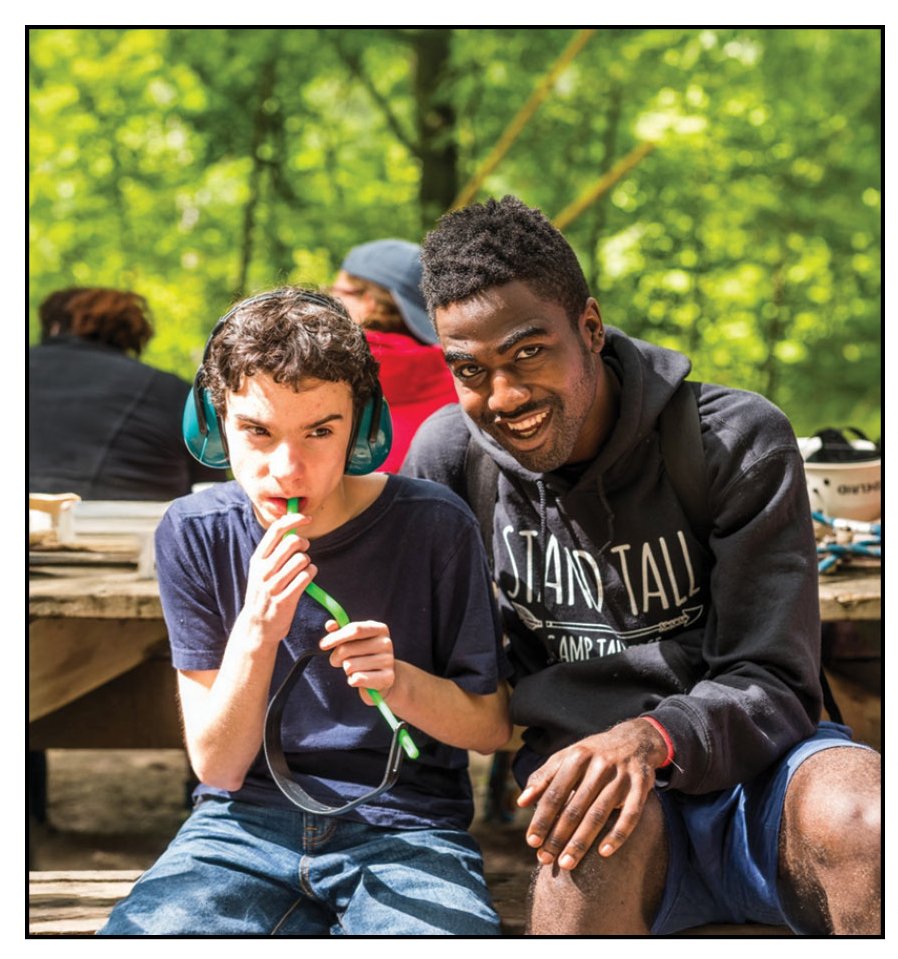










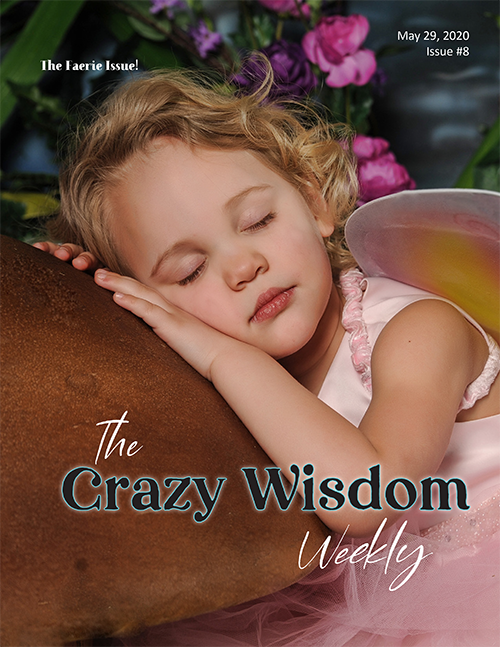
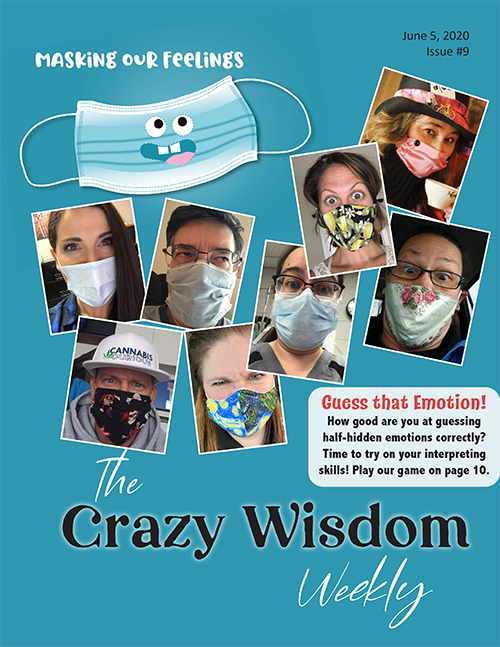




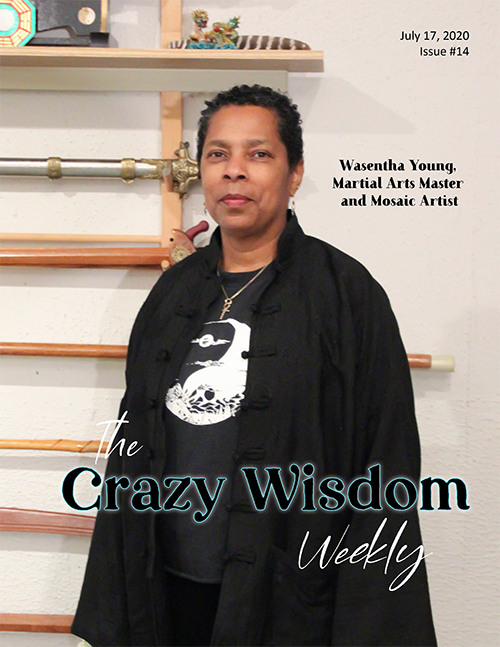














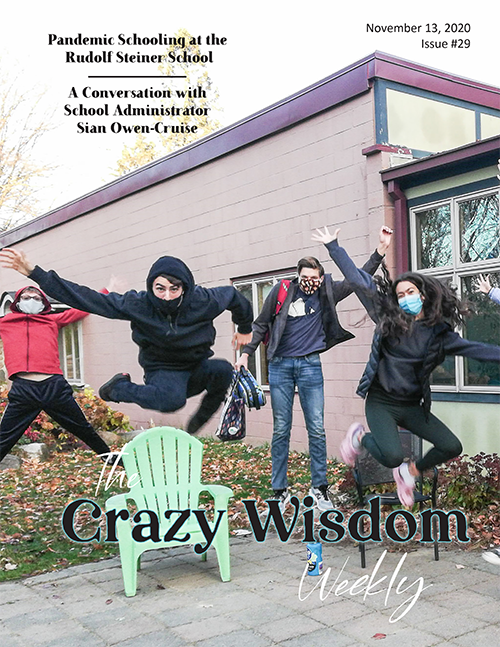
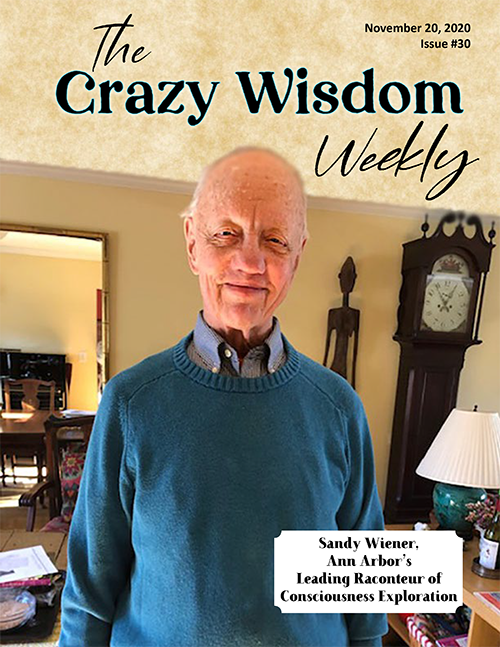
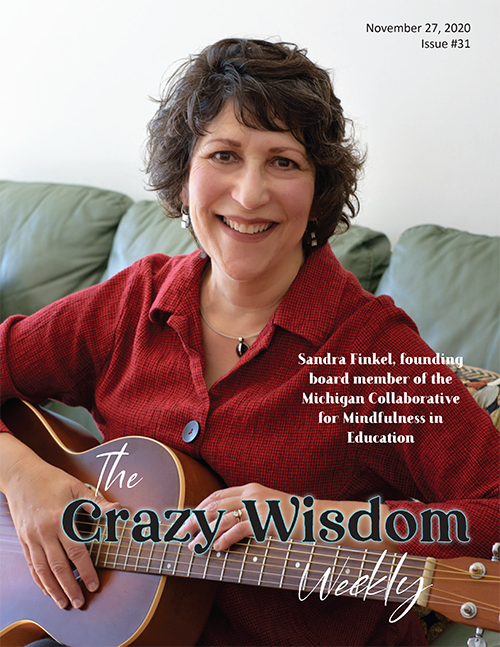
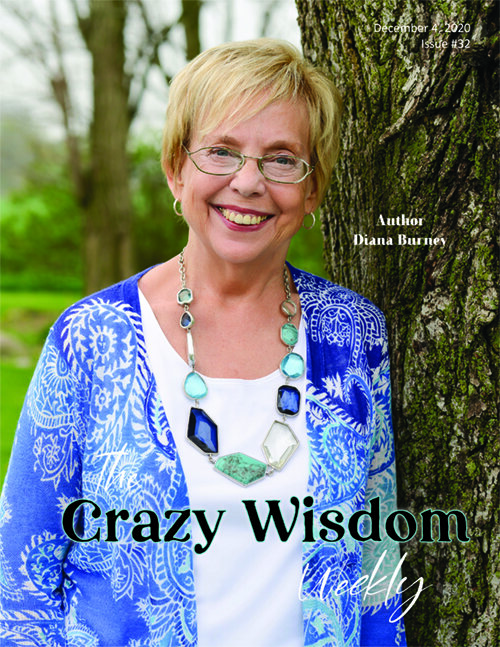

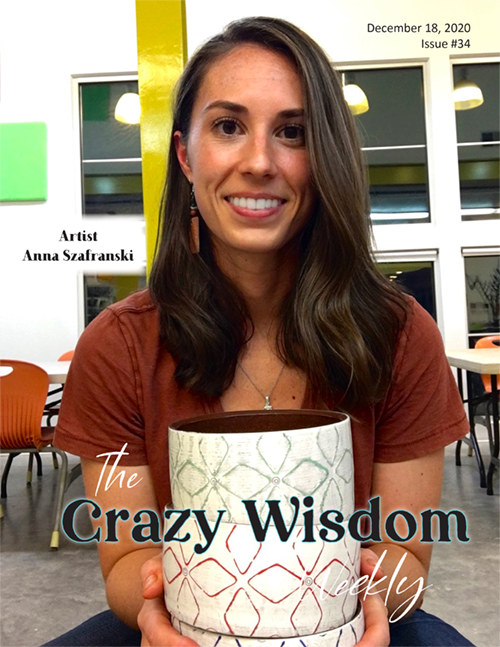

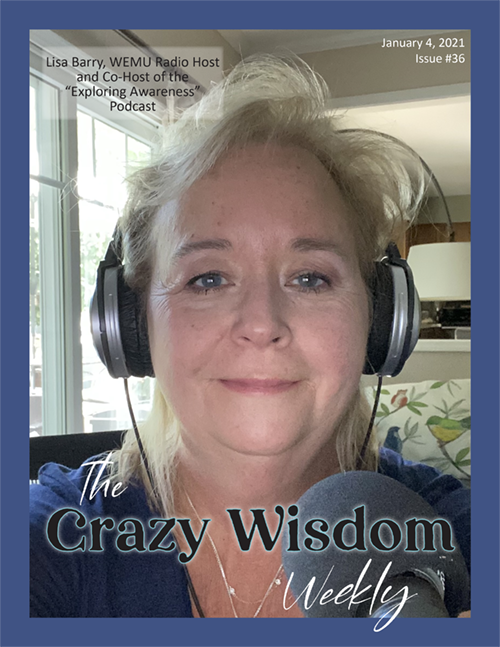





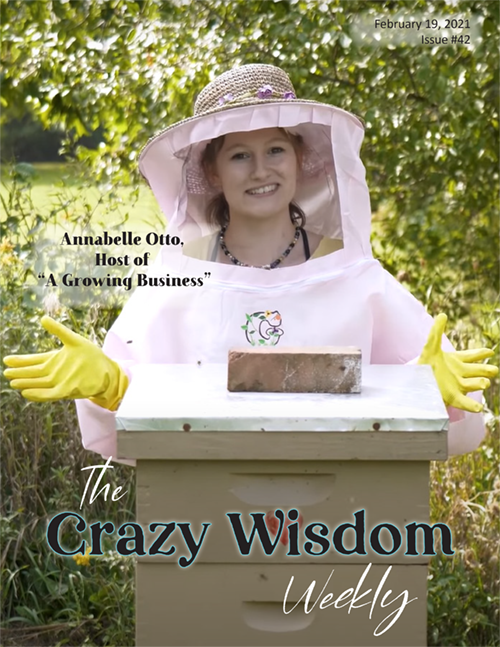

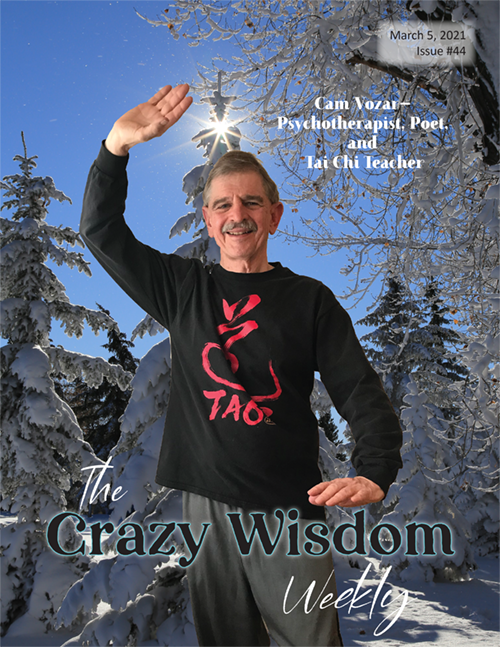





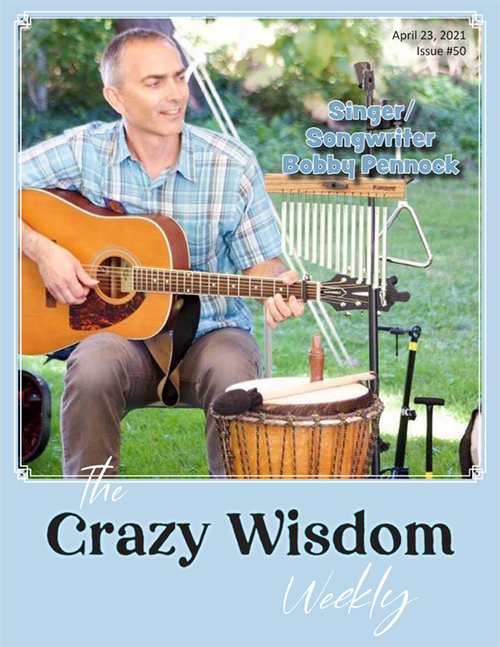





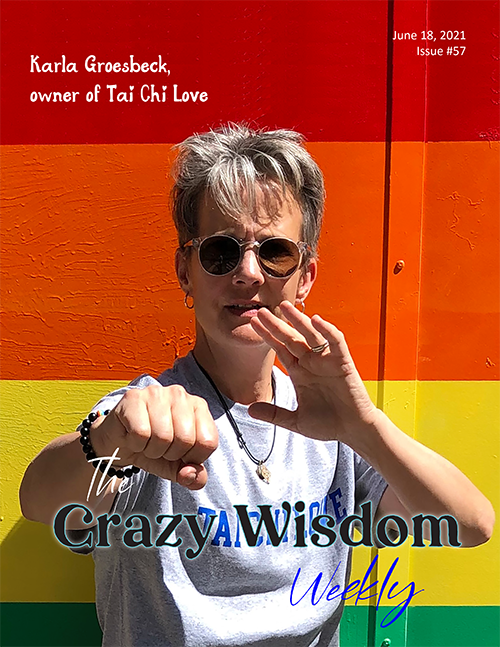





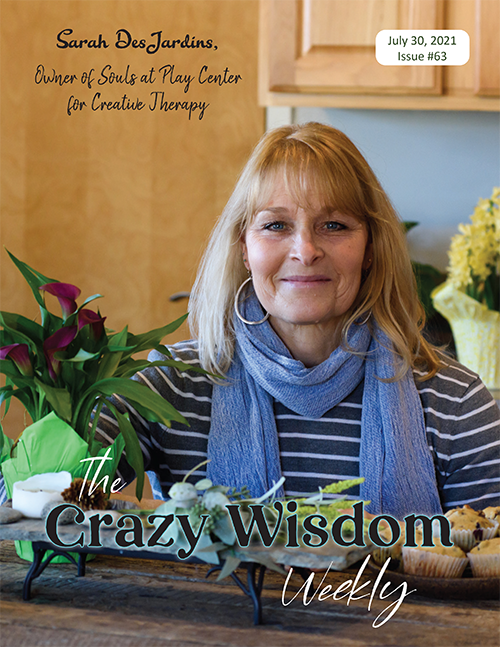
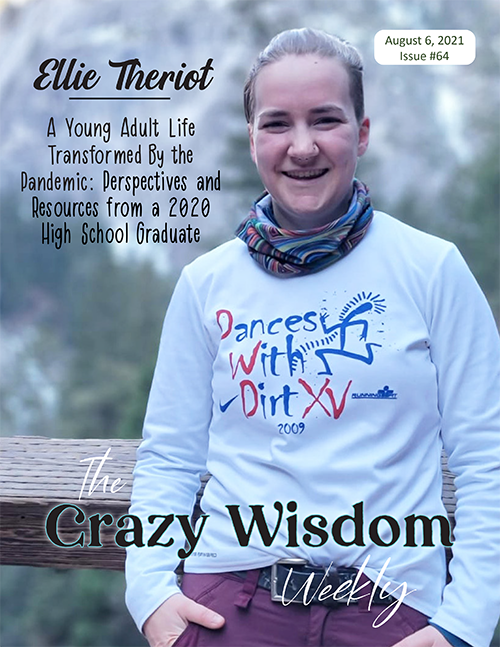
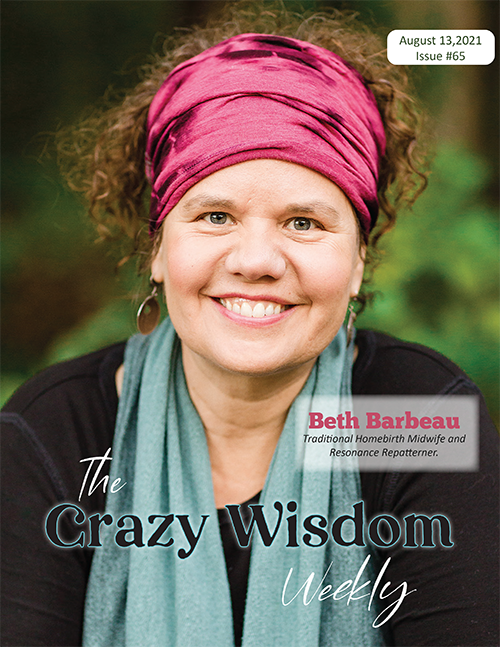

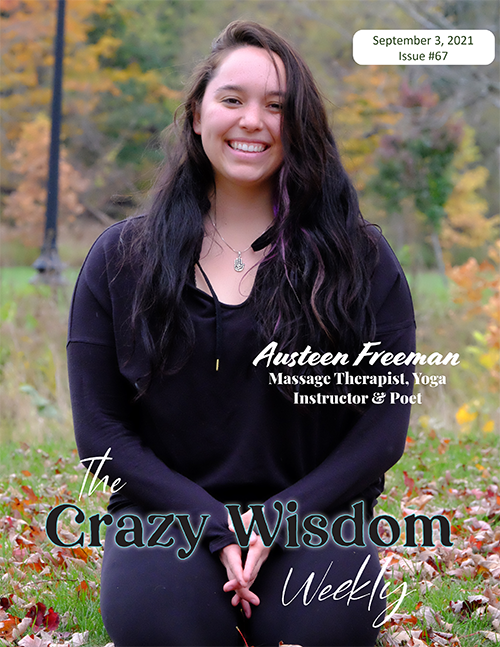
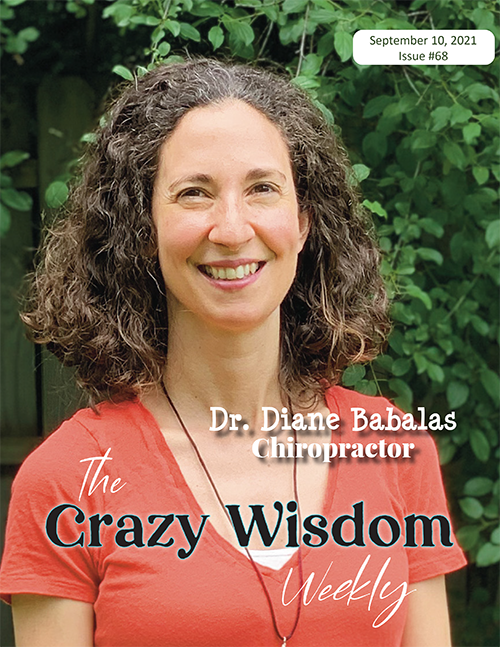
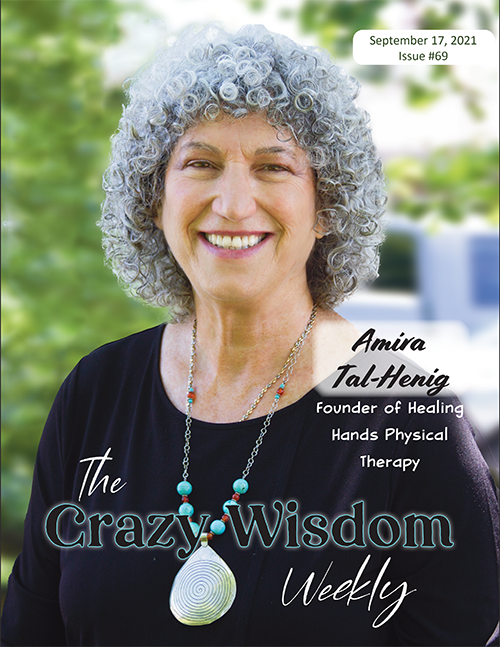




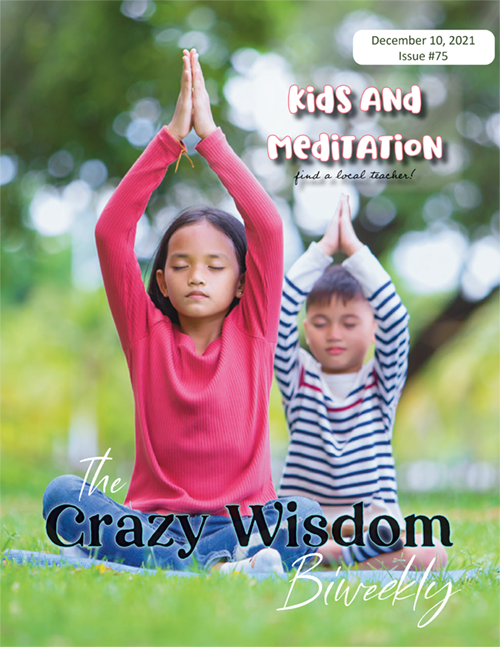







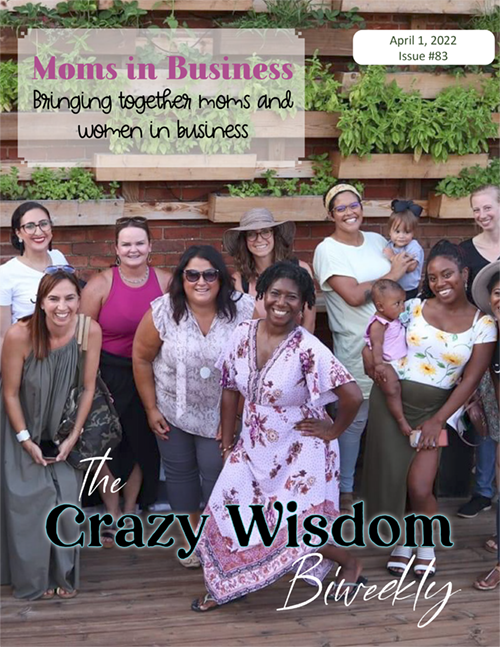






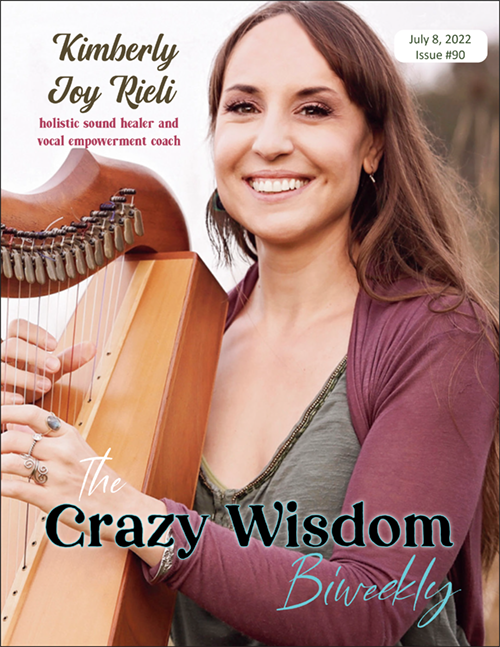

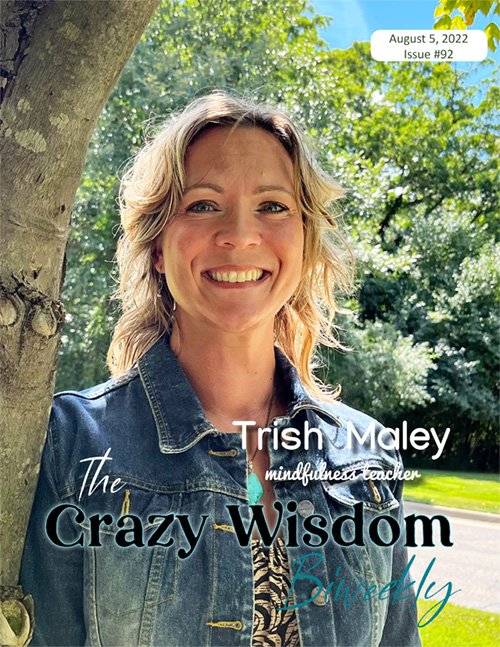


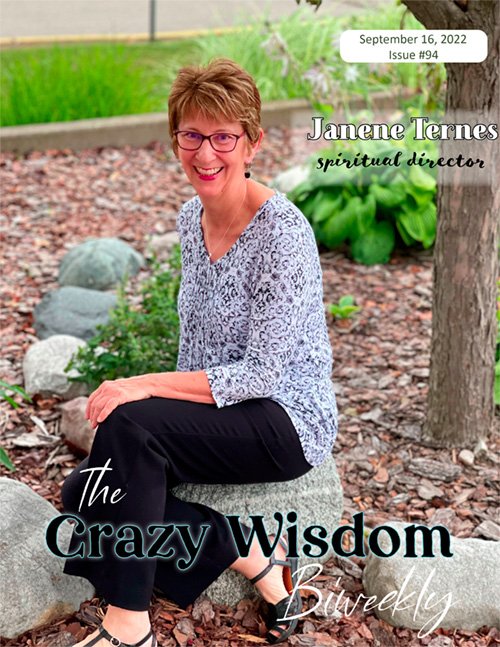
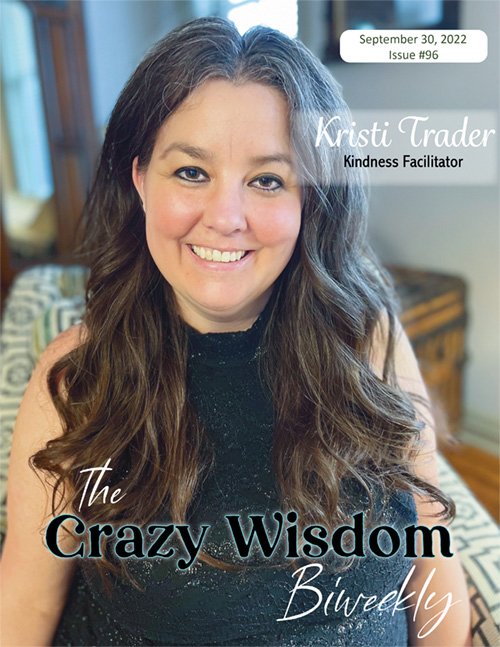



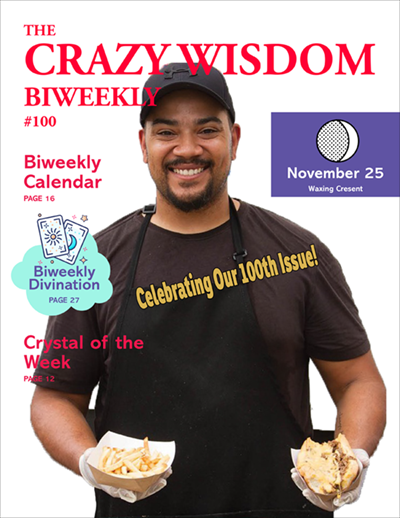






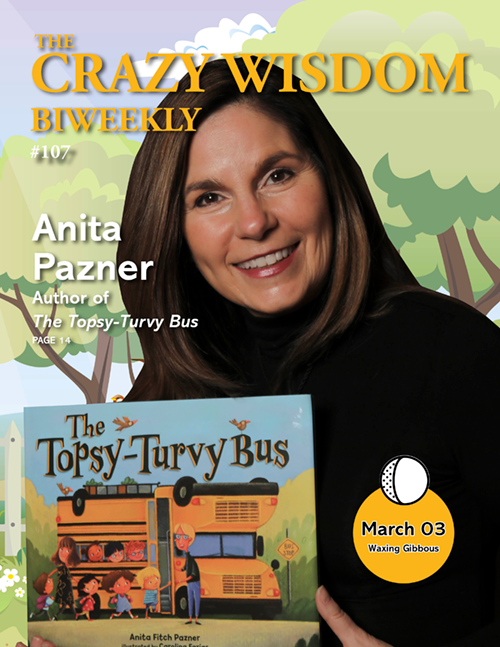
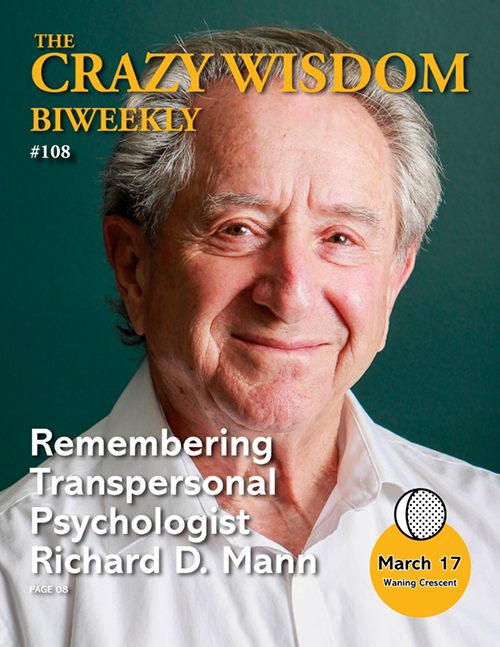


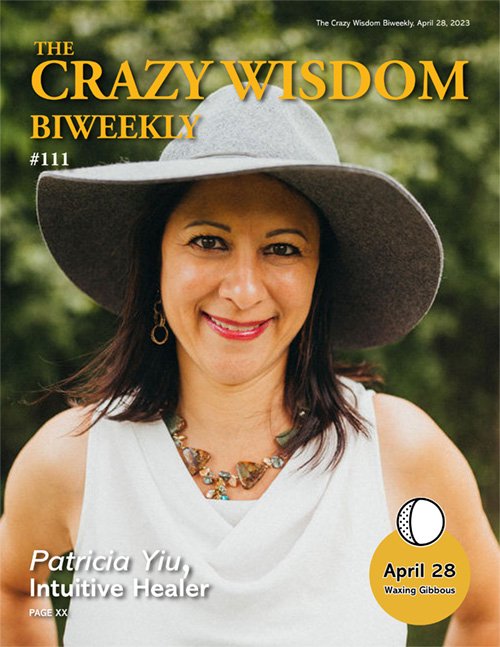

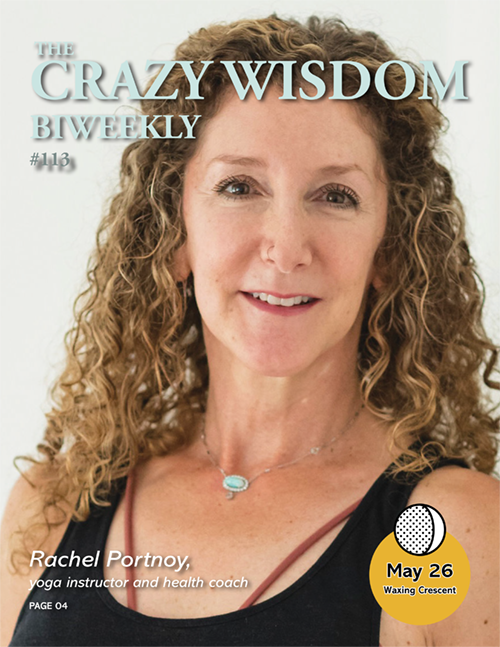


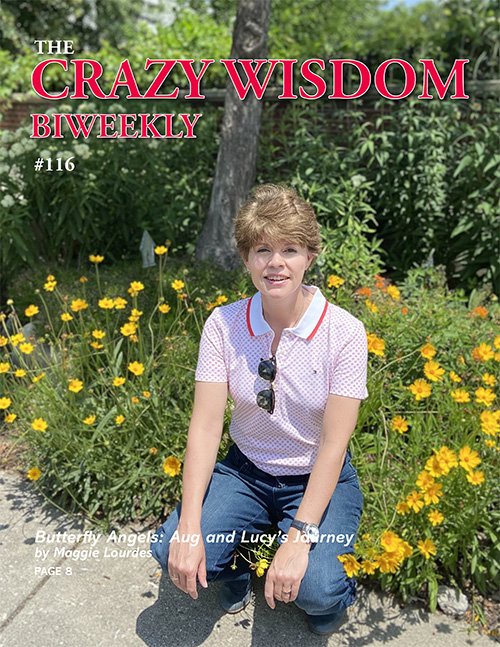


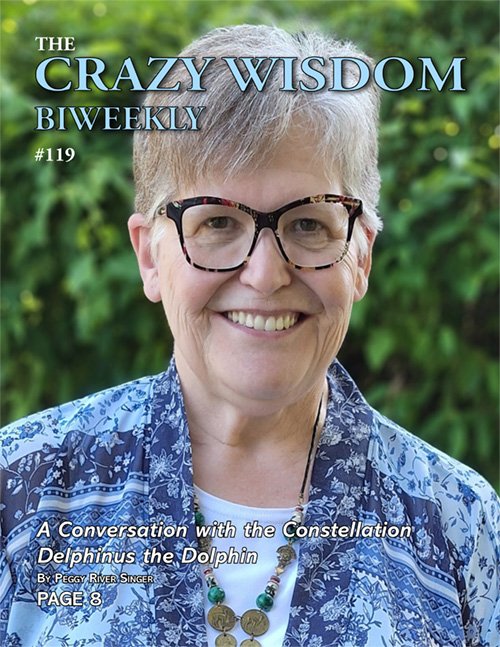
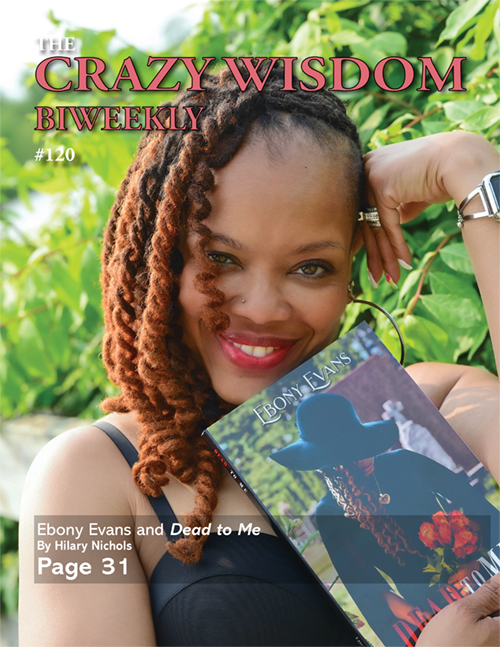
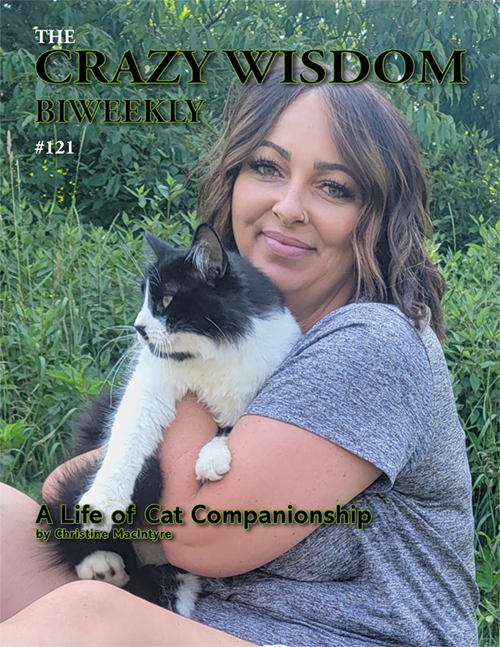

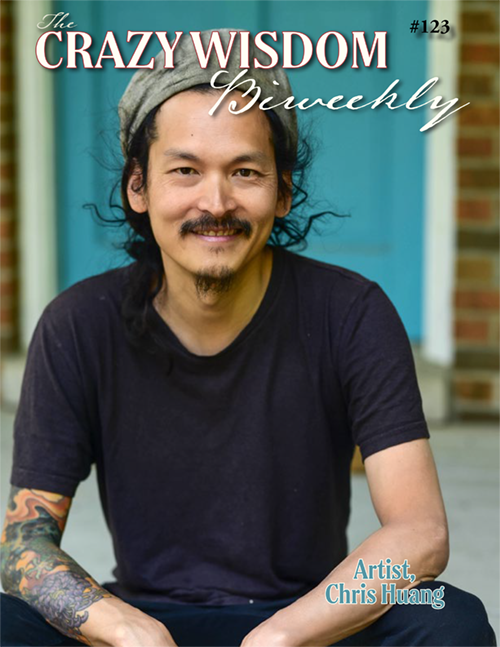








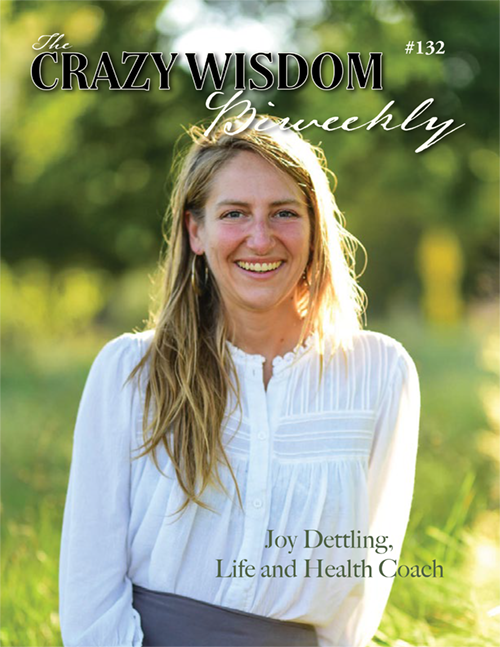





























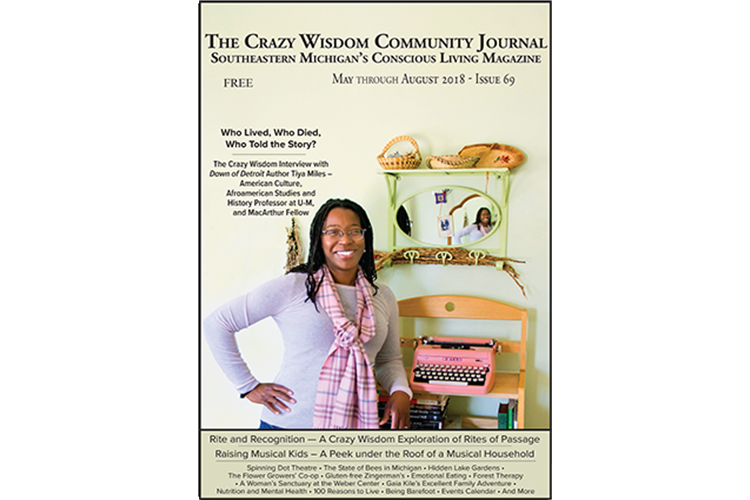




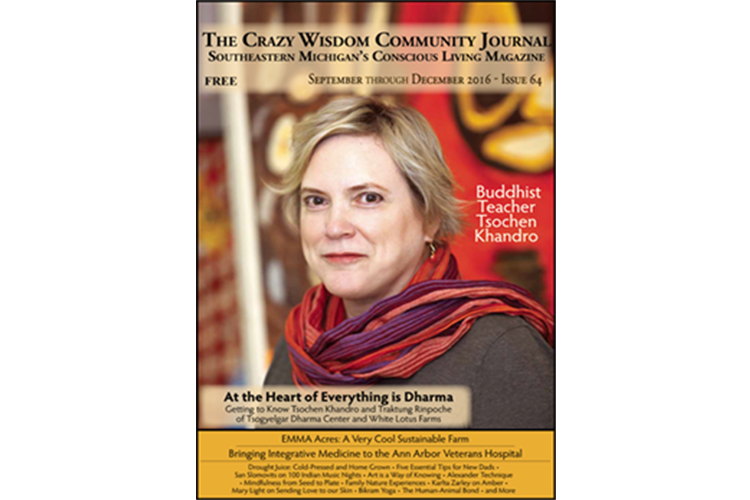






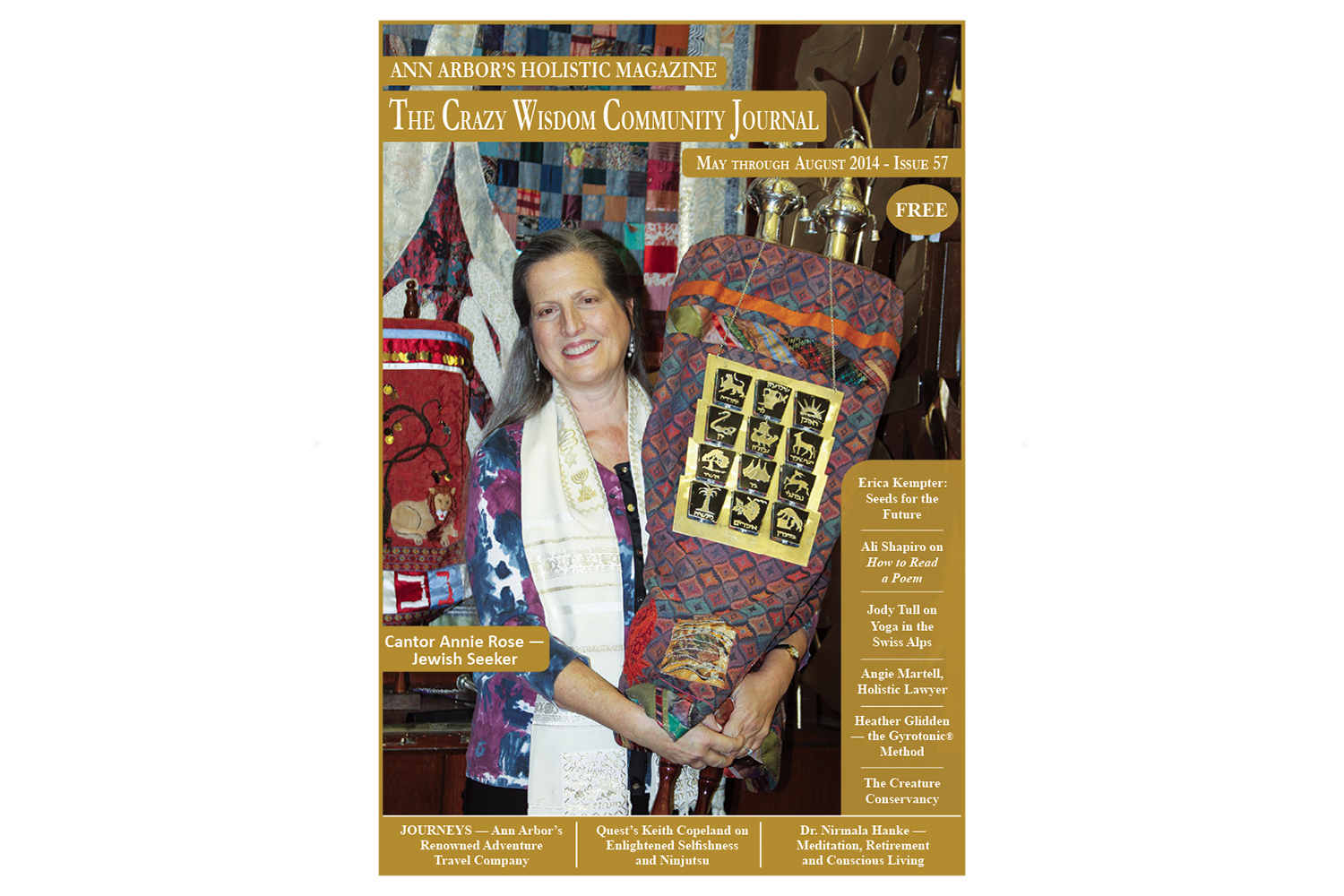







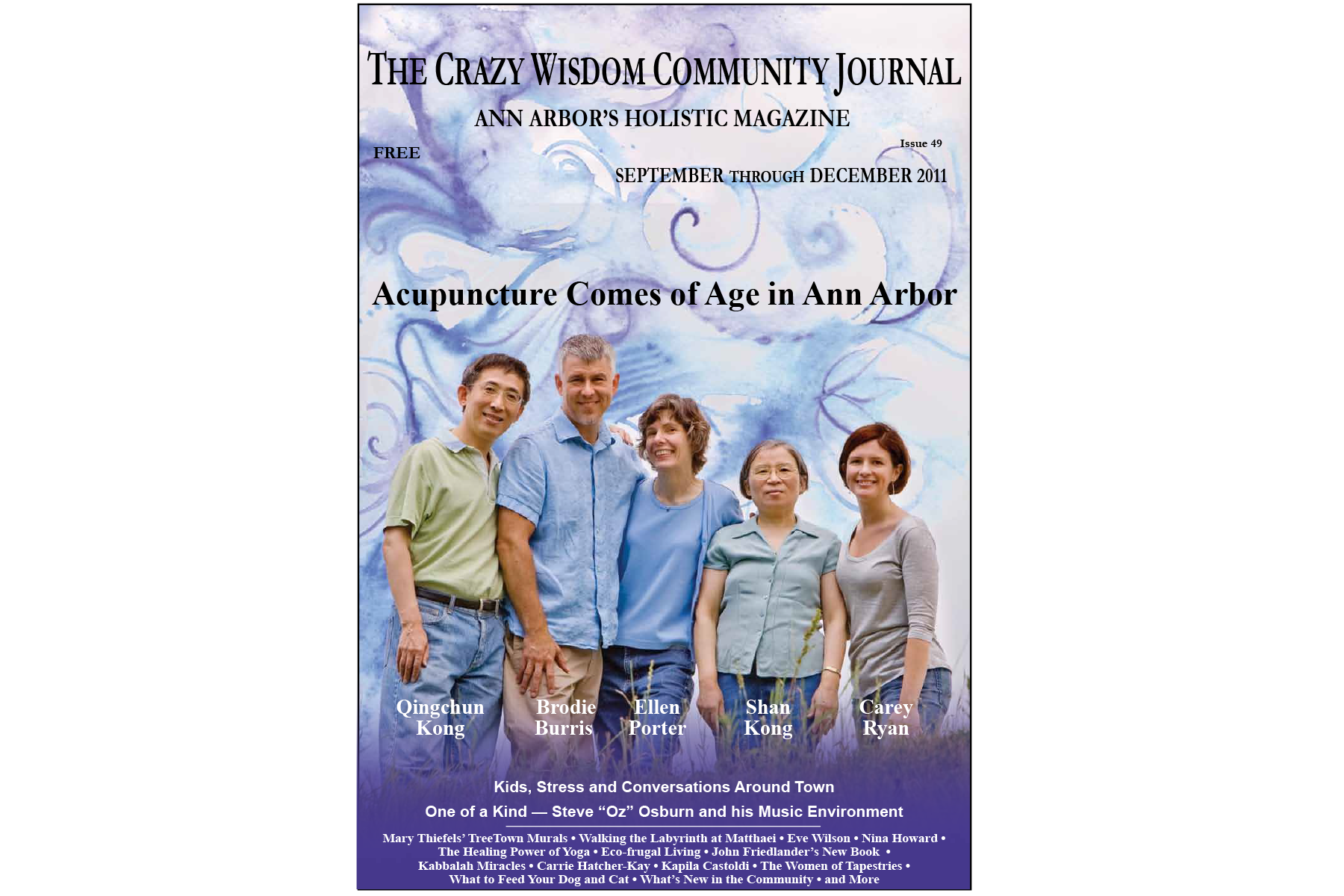
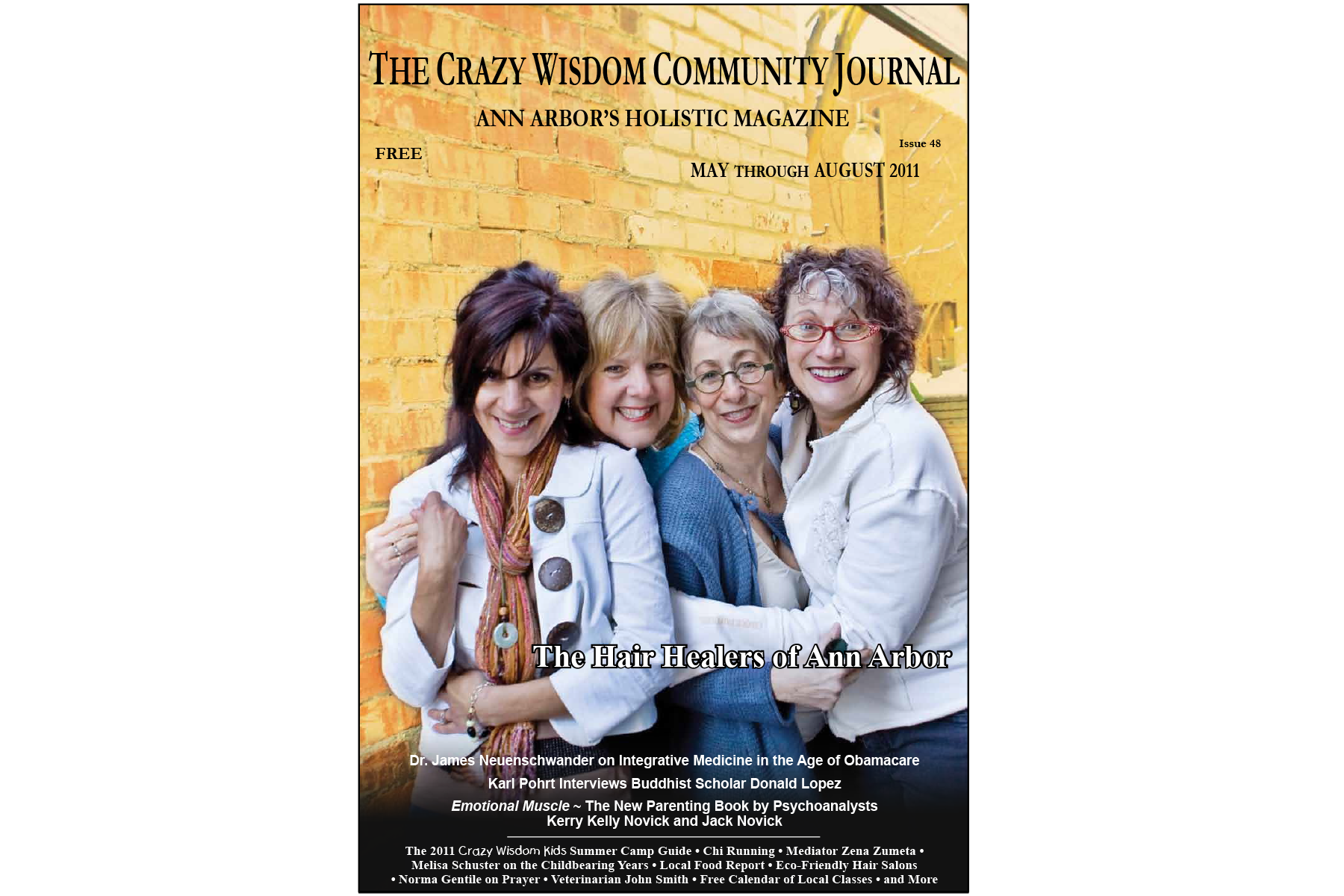







The subtle energy system has always been integral to humanity’s weave of existence. Though the media tends to focus on seven major chakras in the Hindu/yogic tradition, there is commonality across Cherokee, Incan, Pueblo, Tibetan Buddhist, and Sufi Muslim mysticism beliefs to name just a few. That being understood, there are major and minor chakras throughout the body—at every joint, nerve bundle, palms of the hands, souls of the feet, nipples, and more.